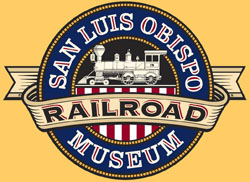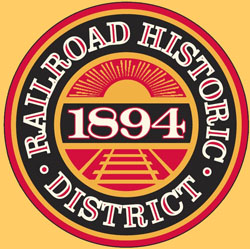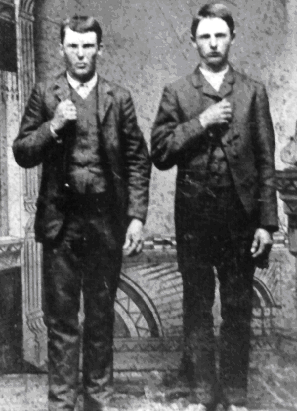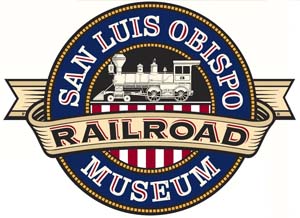SLO County Outlaws: Desperados, Vigilantes, and Bootleggers
July 1, 2017, 1pm
At the Freighthouse
Talk by Jim Gregory, author
In 1858, San Luis Obispo County had the highest murder rate in the United States, a trend that had begun with a horrific mass murder at Mission San Miguel in 1848 and continued through the Gold Rush years, when cattle-buyers and their gold dust were easy prey along El Camino Real. A vigilance committee and its extrajudicial executions in front of Mission San Luis Obispo put an end to the most notorious outlaw gang, but not to lawbreaking.
Update 5/4/17: Jim has just finished the manuscript for San Luis Obispo County Outlaws: Desperados, Vigilantes, and Bootleggers (now the official title), and is starting the research on the history of local aviation with a focus on the lives, combat experiences, and, sadly, the deaths -- there were at least eighteen -- of San Luis Obispo County aviators during World War II. Here is a sample from the Outlaws book, on the lynching of Peter Hemmi and his fifteen-year-old son, Julius, in 1886 Arroyo Grande. Another of Jim's books, about Arroyo Grande's Civil War veterans, entitled Patriot Graves: Discovering a California Town's Civil War Heritage, is a finalist for the 2017 Next Generation Independent Book Awards, a national competition for independently-published books.




